When the Nervous System Goes Haywire
The Health Epidemic No One Tells You About
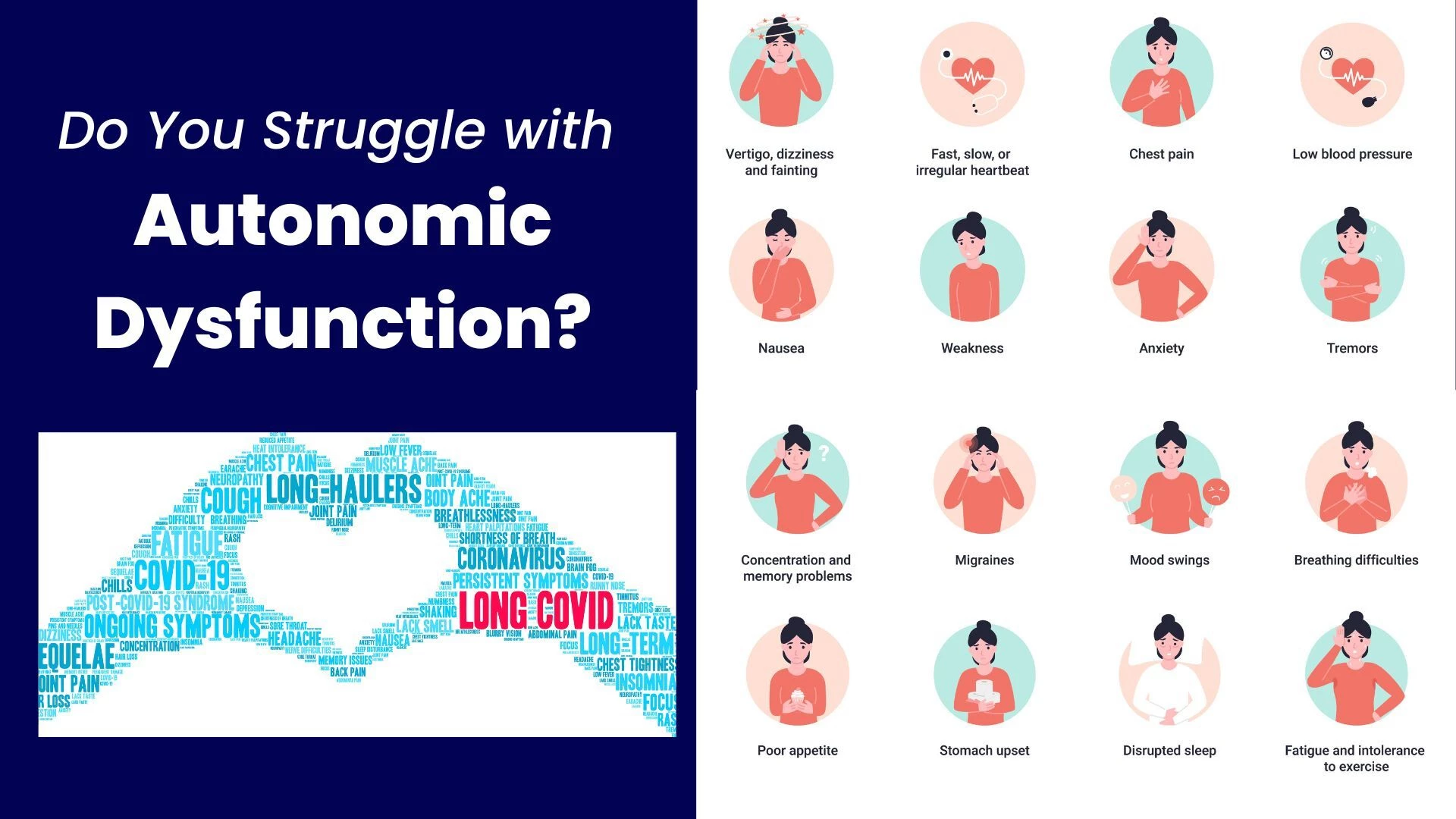
Article At A Glance
Could Long COVID, fibromyalgia, chronic fatigue, rheumatoid arthritis, Crohn’s disease, and numerous other conditions be caused by the same underlying condition? In this article, we talk with the author and yoga therapist about dysautonomia, a dysfunction of the autonomic nervous system, which, sadly, is much more common than one might think. In fact, notes Doug, it may well be the health epidemic no one tells you about.
With the worst fallout from the pandemic now seemingly behind us, most of us are breathing a sigh of relief.
The new variants of SARS-CoV-2 appear not to be life-threatening, medical treatments are better, and for those so inclined, vaccines offer protection, at least on a short-term basis.
However, while you won’t read much about it in the news, a new major concern is emerging: The so-called ‘long-hauler’ syndrome, or Long COVID.
As new research on the long-term effects of COVID infection is published, it paints an increasingly disturbing picture: As many as 12 – 30% of people who get COVID develop symptoms that stay on for months and even years.
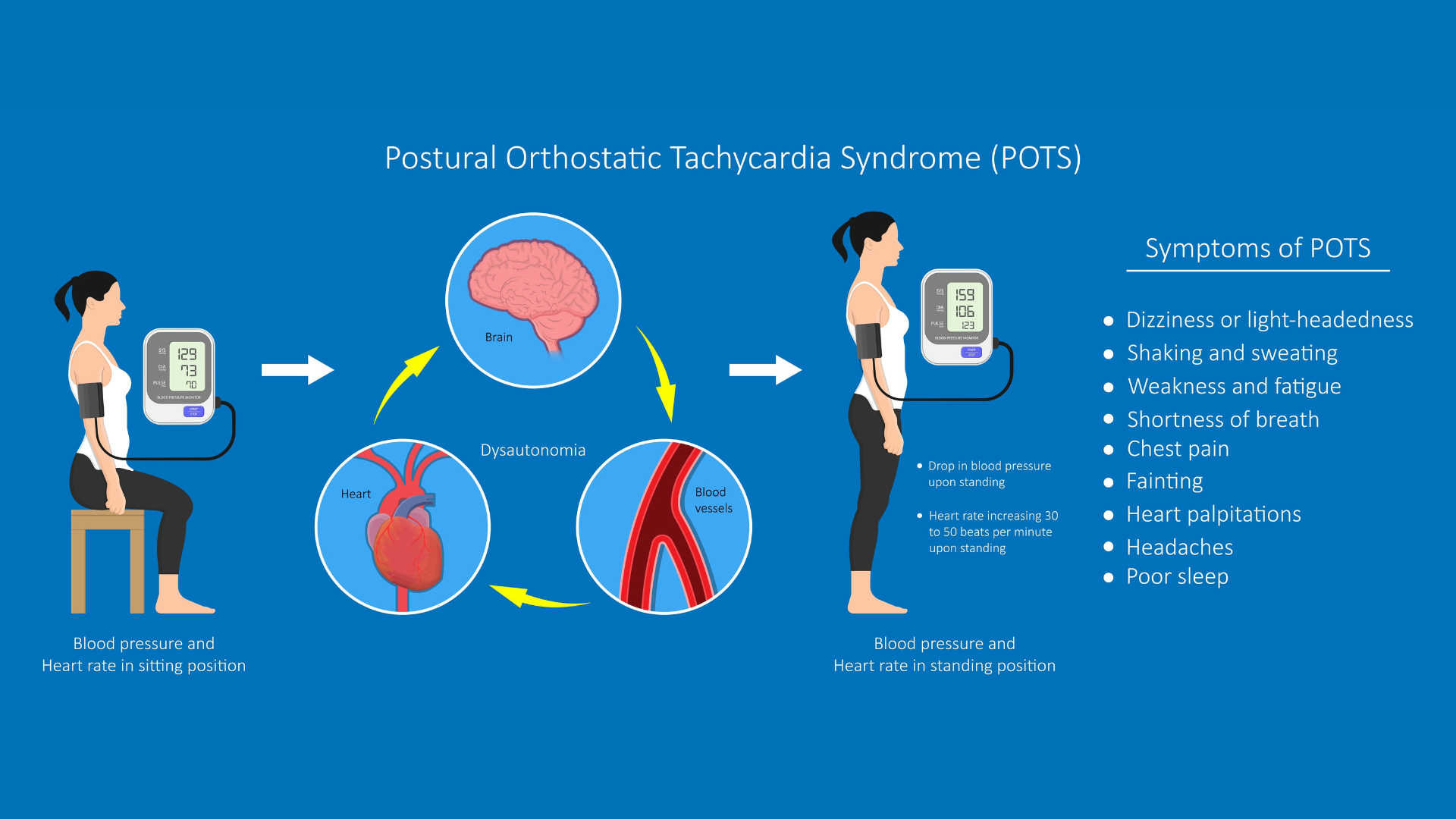
The symptoms are so varied that researchers are still struggling to get their arms around exactly what the Long Hauler syndrome is and what is causing it.
Symptoms include general fatigue, chest pain, heart palpitations, brain fog, headache, sleep problems, dizziness, a feeling of pins and needles in the skin, depression, anxiety, joint or muscle pain, rashes, and digestive symptoms.
As if that wasn’t enough, blood tests and other tests usually show up normal in people struggling with the long-term fallout from infection with the novel coronavirus.
Interestingly though, says yoga therapist and author Doug Keller, these symptoms are not new. It’s just that Long COVID has brought them to our attention.
Long COVID and Dystautonomia
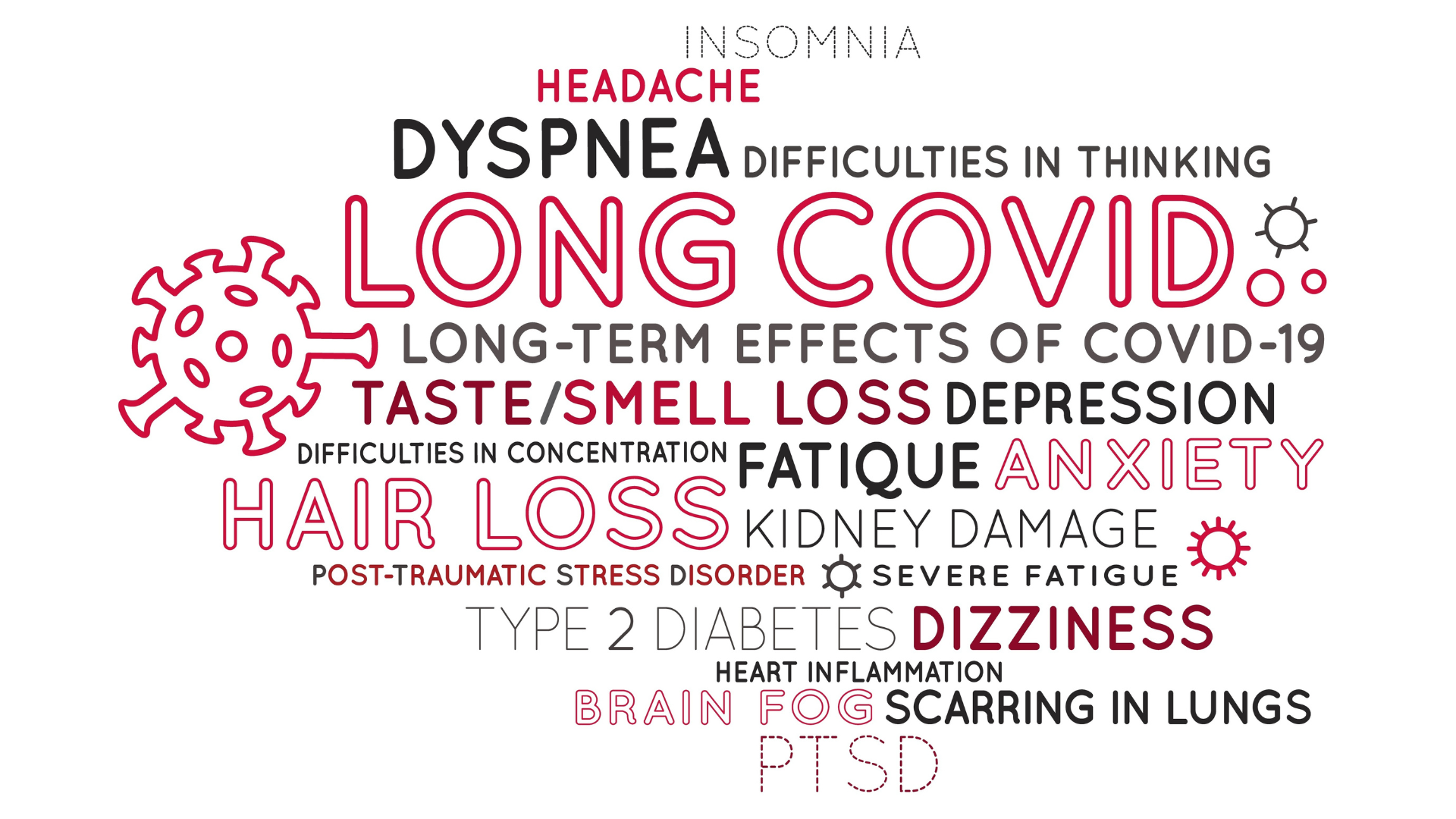
“These clusters of symptoms existed before COVID, but they were not on the medical radar,” notes Doug. “However, more and more researchers now believe that Long Covid may, in fact, be an expression of a condition known as dysautonomia, i.e., a dysfunction of the autonomic nervous system.”
The autonomic nervous system is the part of the nervous system that takes care of the automatic functions of the body that we don’t have to think about, explains Doug. This includes respiration, heartbeat, blood pressure, regulation of the digestive system, and so on.
This is why dysautonomia is linked to such a wide range of diverse symptoms. And increasingly, researchers believe that dysautonomia also is related to problems like fibromyalgia, chronic fatigue, various forms of inflammatory conditions and arthritis, Crohn’s disease, and much more.
Long Covid has brought new attention to the issue, notes Doug Keller. There may be something about COVID that attacks the autonomic nervous system and sets off the problem of dysautonomia.
Can yoga offer relief for people struggling with dysautonomia? According to Doug, plenty of studies show that yoga can help enhance the balance of the nervous system.
In particular, lately, a great deal of attention has been given to the role of the vagus nerve in disorders of the nervous system and how yogic practices may help balance the vagus nerve.
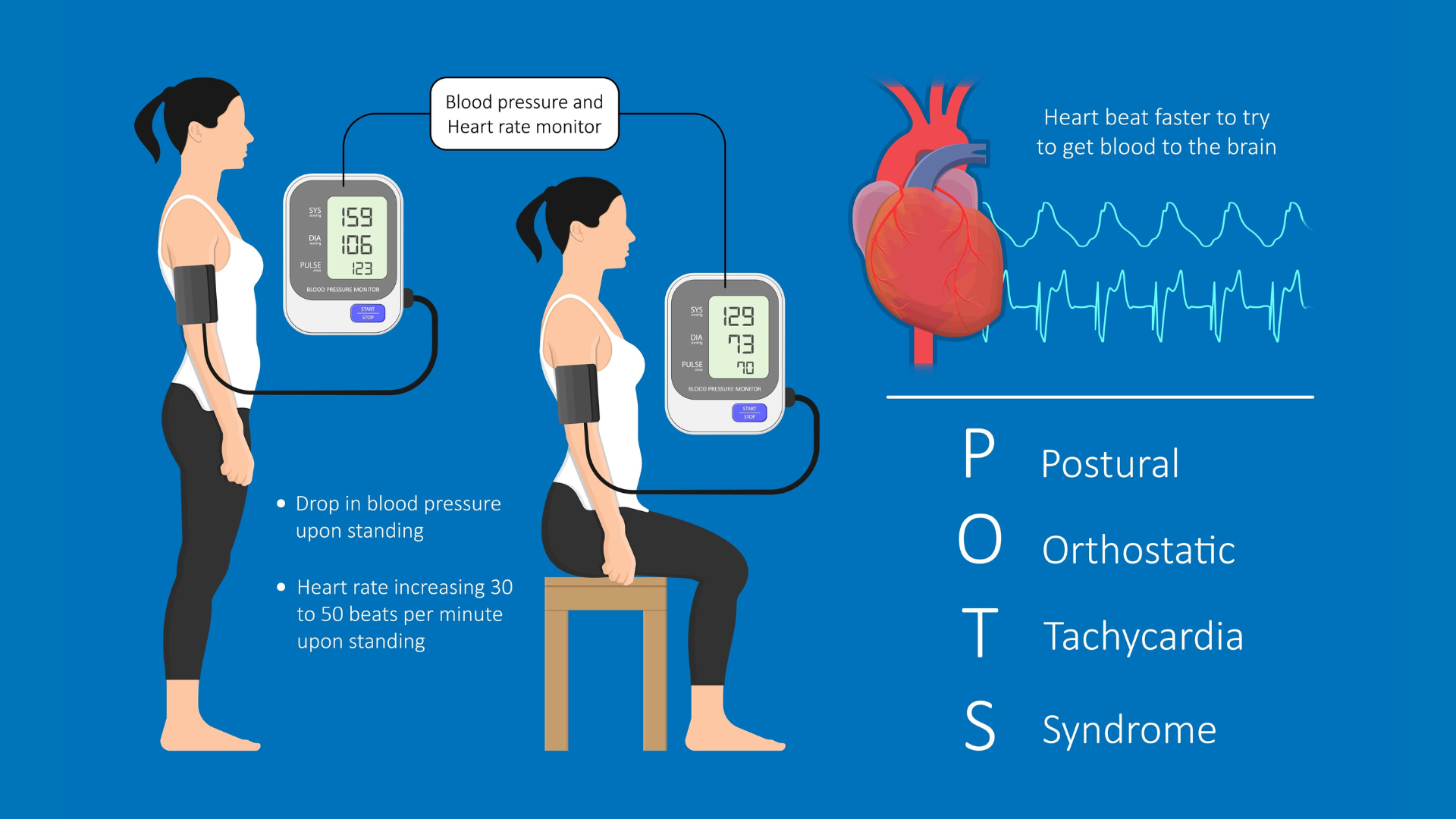
“In dysautonomia, the nervous system essentially is not properly regulating the balance between sympathetic and parasympathetic functioning,” notes Doug. “When we’re under stress, like having a cold or fighting a virus or emotional stress, we go into a sympathetic response which is the body’s defensive response to these things.
“Once the challenge has been met, the body is supposed to shift back into the parasympathetic, normal functioning, which is controlled by the vagus nerve. With these inflammatory conditions and the persistence of these symptoms, it’s largely because we cannot shift back into a parasympathetic state.”
“Something is wrong with the system, which can create a vicious cycle of symptoms that either worsen or become chronic. So the real problem is with the nervous system itself not being adaptable enough.”
The vagus nerve plays a principal role in this, Doug notes. The adaptability of the vagus nerve, i.e., its ability to respond and restore us to a parasympathetic state, is what’s going wrong in cases of dysautonomia.
Yoga Practices: Rebalancing the Parasympathetic Nervous System
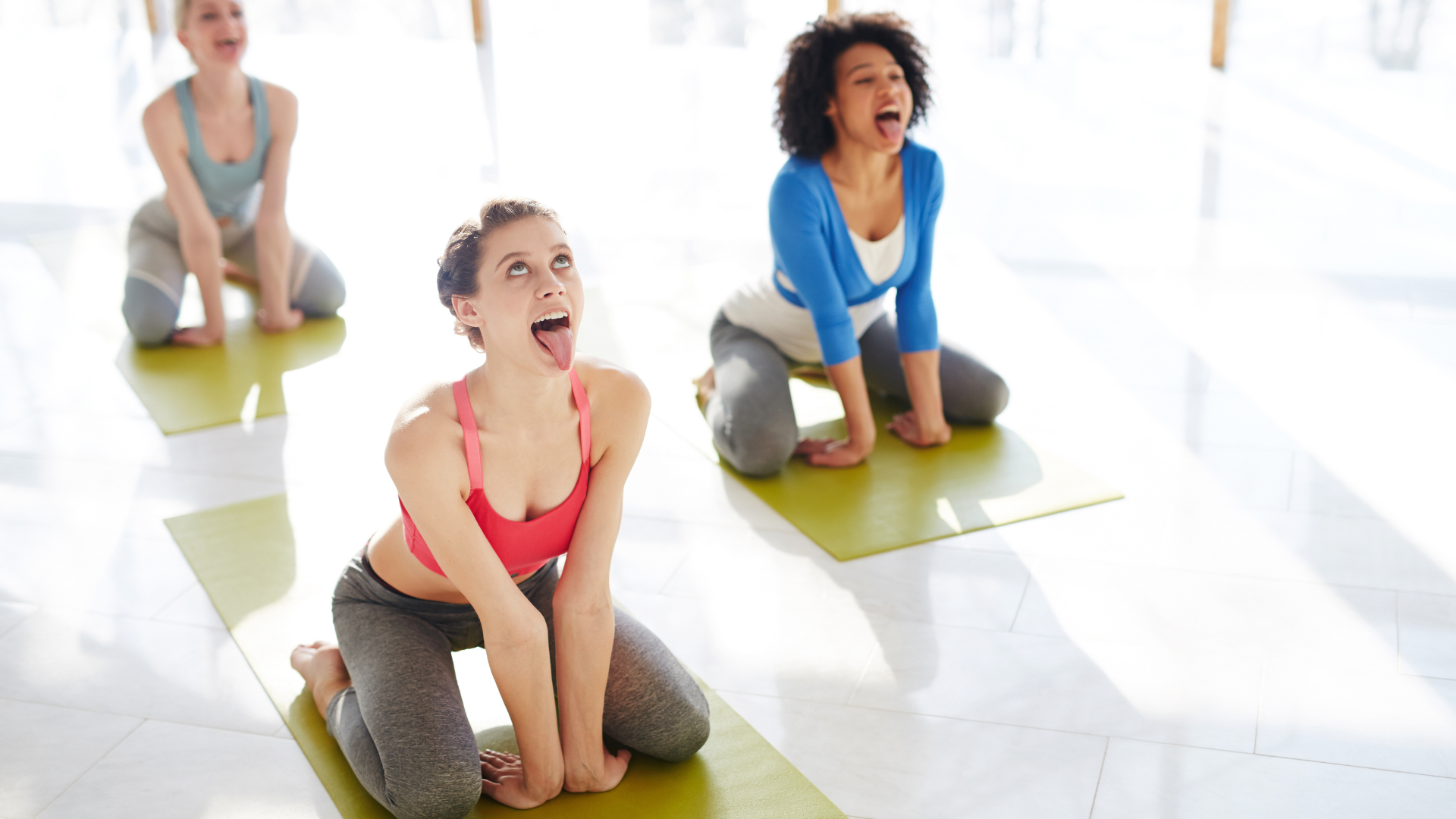
Doug notes that many simple, accessible yoga practices can help support and restore the ability of the parasympathetic system to re-balance itself.
“This includes practices that are part of classical yoga that we don’t often do because they seem a little bit weird, like the Simasana, the Lion Pose,” says Doug. “In Lion Pose, you stick your tongue out and open your mouth really wide and breathe really hard.”
“While this may seem like an unusual practice, it actually has an effect upon the vagus nerve because it releases tension around the jaw and the neck, which can interrupt the function of the vagus nerve and the parasympathetic nervous system.”
If anything, one of the upsides of the whole Covid pandemic has been that it’s brought this to the fore of attention.
Traditionally, it takes people a really long time to get a diagnosis of dysautonomia, notes Doug. In their book, The Dysautonomia Project, a consortium of doctors writes that it takes about six years to get a proper diagnosis of dysautonomia because the symptoms resemble other things so much. The problem of dysautonomia is mentioned in medical school but not really emphasized or explored enough for it to be foremost in a doctor’s consciousness when they’re trying to make a diagnosis,
Exercise Can Help with Dysautonomia, But It Can Also Hurt

There is no cure for dysautonomia. And while exercise and yoga can help, they can also be counterproductive.
“Any kind of yoga practice or exercise approach has to be introduced gradually at a pace people can handle,” says Doug. “Because one of the problems is that if you overdo it and exercise too strongly, you risk just having a setback and feeling worse afterward.”
“This is another indicator that the autonomic nervous system is not adapting to your actions. So pushing too much is counterproductive,” says Doug. “We need a much more nuanced approach that focuses on balancing our energy. And that really lends itself well to the tools of yoga, as long as we use the whole range of tools we have in yoga.”
“The ancient yogic texts note that one of the obstacles to yoga is practicing too much or too hard and overdoing it. So it is really a matter of finding the right balance.”
Also, read...
Yoga and Body Image: How Yoga Can Help You Make Friends with Your Body
Smooth Transitions: 9 Ayurvedic Tips for Moving into Spring
Free Yoga Video: Breathing for Pelvic Floor Health: Two Practices to Deepen Your Breath
Related courses
Breath as Medicine: Yogic Breathing for Vital Aging
Yoga and Myofascial Release: Releasing Chronic Tension with the Bodymind Ballwork Method
Yoga and Detoxification: Tips for Stimulating Lymphatic Health
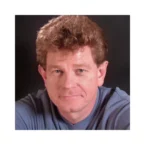
 Doug Keller’s background reflects a lifelong commitment to studying, imbibing, and sharing the vast field of knowledge and practice known as yoga. After receiving honors and graduate degrees in philosophy from the top Jesuit universities in the United States, Georgetown, and Fordham Universities, and teaching philosophy at a college level for several years, he then pursued his ‘post-graduate’ education in the practical experience of yoga at the Siddha Meditation Ashram, Gurudev Siddha Peeth in India, for seven years. He spent a total of 14 years doing service, practicing, training in, and teaching yoga in Siddha Meditation Ashrams worldwide. He received intensive training in the Iyengar system in New York City, mainly with senior certified Iyengar teacher Kevin Gardiner. He also practiced Ashtanga Vinyasa Yoga in India and became one of the first certified Anusara Yoga teachers, producing three highly respected books on asana, pranayama, and yoga philosophy.
Doug Keller’s background reflects a lifelong commitment to studying, imbibing, and sharing the vast field of knowledge and practice known as yoga. After receiving honors and graduate degrees in philosophy from the top Jesuit universities in the United States, Georgetown, and Fordham Universities, and teaching philosophy at a college level for several years, he then pursued his ‘post-graduate’ education in the practical experience of yoga at the Siddha Meditation Ashram, Gurudev Siddha Peeth in India, for seven years. He spent a total of 14 years doing service, practicing, training in, and teaching yoga in Siddha Meditation Ashrams worldwide. He received intensive training in the Iyengar system in New York City, mainly with senior certified Iyengar teacher Kevin Gardiner. He also practiced Ashtanga Vinyasa Yoga in India and became one of the first certified Anusara Yoga teachers, producing three highly respected books on asana, pranayama, and yoga philosophy.



